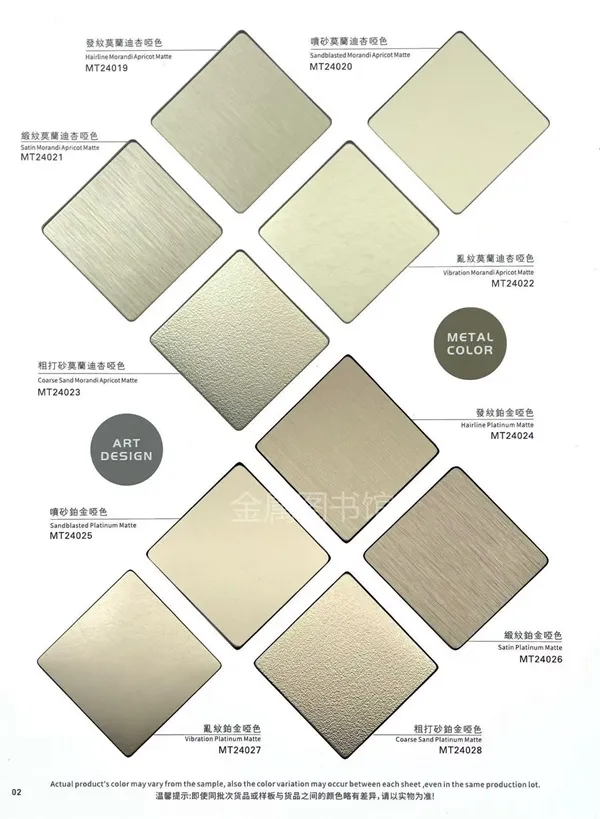Preventing Condensation and Moisture Damage in Stainless Steel Wine Cabinets
Stainless steel wine cabinets have become a popular choice for wine enthusiasts and homeowners who value both elegance and durability. Their sleek, modern appearance, combined with resistance to corrosion and wear, makes them an ideal storage solution for fine wines. However, even stainless steel, with all its durability, is not immune to the effects of condensation and moisture. Excess moisture can lead to corrosion over time, promote mold growth, and damage labels and corks. To maintain the longevity and appearance of stainless steel wine cabinets, it is essential to implement preventive measures that control condensation and moisture levels.
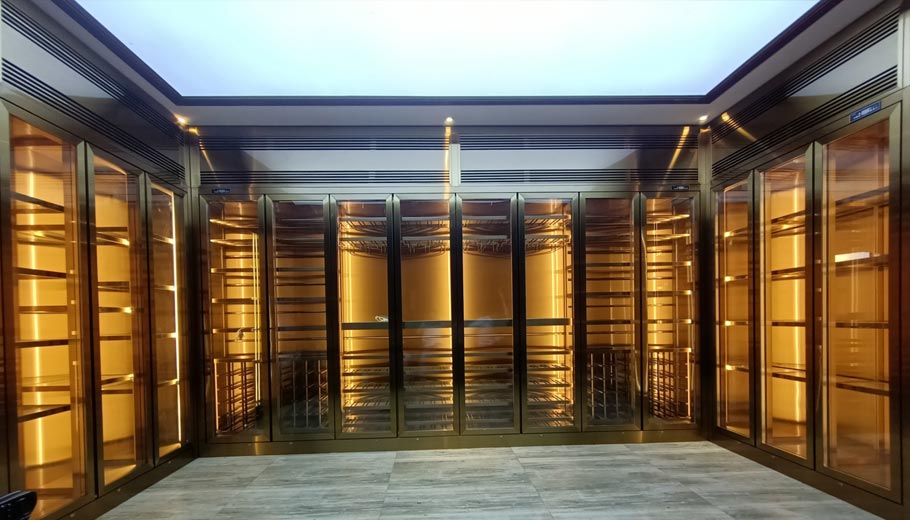
Understanding Condensation in Wine Cabinets
Condensation occurs when warm, humid air comes into contact with a cooler surface, causing water droplets to form. In wine cabinets, this can happen when there are significant temperature differences between the interior and exterior, or when the cabinet is placed in a humid environment. Stainless steel surfaces, though less susceptible to corrosion than other metals, can still show water spots, streaks, and eventually experience surface degradation if moisture persists.
Why Moisture Control Matters
Protecting Wine Quality: Excess moisture can affect wine labels, making them peel or fade, and can compromise corks, leading to oxidation and spoilage.
Maintaining Cabinet Appearance: Water droplets and humidity can leave streaks, discoloration, and dullness on stainless steel surfaces.
Preventing Mold and Mildew: Condensation creates a damp environment, which encourages the growth of mold and mildew inside the cabinet, posing hygiene risks and unpleasant odors.
Extending Lifespan: Proper moisture control ensures the cabinet maintains its structural integrity and polished look for decades.
Strategies for Preventing Condensation
1. Control Ambient Humidity
Maintaining a stable environment around your wine cabinet is crucial. Ideally, indoor humidity levels should range between 50-70%. Dehumidifiers can be used in areas prone to high moisture, such as basements, to reduce condensation risk. For cabinets located near kitchens or laundry areas, extra attention is needed to monitor humidity levels.
2. Proper Placement
Where you place your wine cabinet can significantly affect condensation. Avoid locations near windows, exterior walls, or areas with direct sunlight, as these spots tend to experience more temperature fluctuations. Additionally, keep the cabinet away from heat sources like ovens or radiators, which can increase internal condensation when the cabinet cools down.
3. Use Insulated Cabinets
Many high-end stainless steel wine cabinets come with insulated walls and double-pane glass doors. Insulation helps maintain consistent internal temperatures and minimizes temperature differences that cause condensation. Choosing cabinets with proper insulation is especially important for regions with high humidity or variable seasonal climates.
4. Regular Cleaning and Maintenance
Condensation often carries dust, oils, and other particles that can settle on stainless steel surfaces. Regularly wiping down the cabinet interior and exterior with a microfiber cloth helps prevent buildup that can trap moisture. For persistent humidity, using a mild vinegar solution or specialized stainless steel cleaner can keep surfaces clean while protecting the metal.
5. Air Circulation
Adequate airflow around and inside the wine cabinet helps reduce moisture buildup. Avoid overcrowding shelves, and if possible, use cabinets with built-in ventilation systems. Proper ventilation ensures that cool air circulates evenly, reducing the likelihood of condensation forming on walls, shelves, or doors.
6. Monitor Temperature Differences
When transferring bottles from warm rooms to cooler cabinets, sudden temperature changes can trigger condensation. Allow bottles to gradually acclimate to the cabinet’s temperature to minimize this effect. Advanced cabinets may include temperature monitoring and climate control systems to maintain consistent conditions.
Additional Tips
Avoid Plastic Wrappings: While it may seem protective, tightly wrapped plastic can trap moisture on bottles and surfaces, increasing condensation risk.
Check Seals Regularly: Door seals should be intact and free from gaps. Faulty seals can allow humid air to enter, increasing internal condensation.
Use Silica Gel Packs: Small silica gel packs or moisture-absorbing pouches can be placed discreetly inside the cabinet to help absorb excess humidity.
Long-Term Benefits
By controlling condensation and moisture, homeowners can ensure their stainless steel wine cabinets remain functional, hygienic, and visually appealing for years. Proper moisture management preserves the quality of wine, prevents damage to cabinet surfaces, and extends the overall lifespan of the investment.
Meslier Stainless Steel Wine Cabinets
For wine enthusiasts seeking a combination of elegance, durability, and advanced protection, Meslier Stainless Steel Wine Cabinets provide an ideal solution. Crafted from premium stainless steel, these cabinets feature insulated walls, temperature and humidity controls, and carefully engineered ventilation to prevent condensation and moisture damage. With customizable shelving, integrated LED lighting, and polished finishes, Meslier wine cabinets not only safeguard your wine collection under optimal conditions but also enhance the aesthetic appeal of kitchens, wine cellars, and entertainment spaces. Their easy-to-clean surfaces and durable construction ensure long-lasting performance and a sophisticated look, making Meslier an excellent choice for both practical storage and modern luxury living.
Hot News
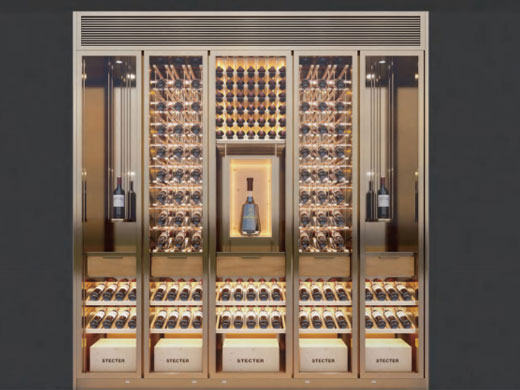
Stainless Steel vs. Wooden Wine Cabinets: Pros & Cons

Glass Door vs. Solid Door Stainless Steel Wine Cabinets: What’s Best?
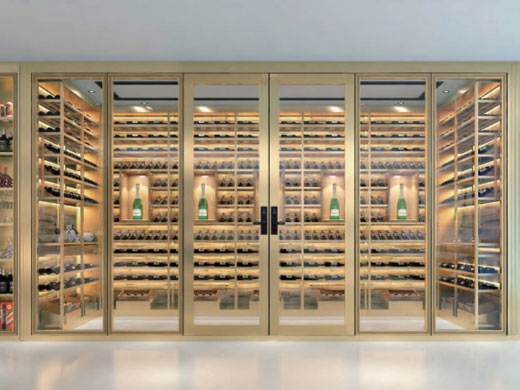
High-End vs. Budget-Friendly Stainless Steel Wine Cabinets: A Buyer’s Guide
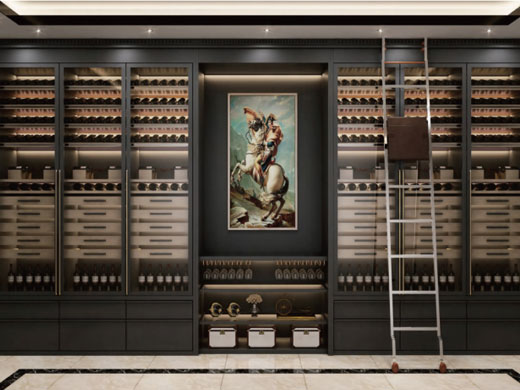
Top Features to Look for in a Stainless Steel Wine Cabinet
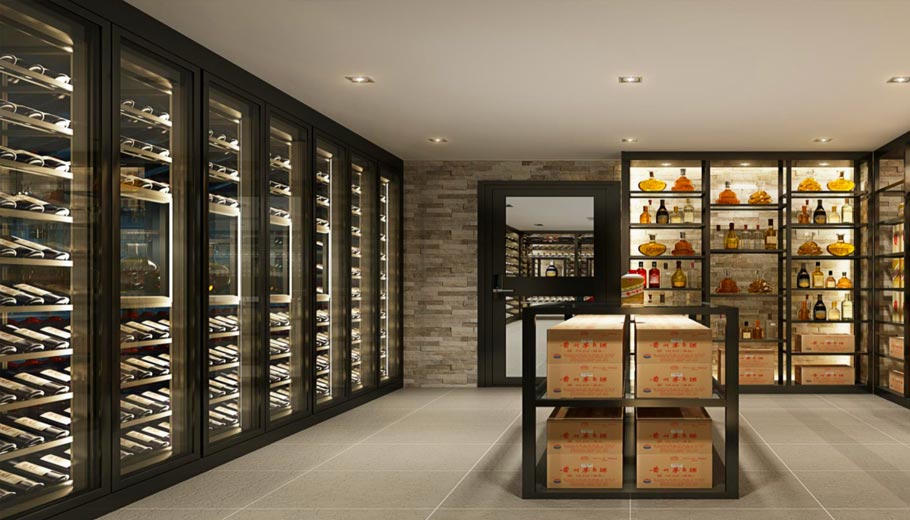
How a Stainless Steel Wine Cabinet Enhances Your Home Bar
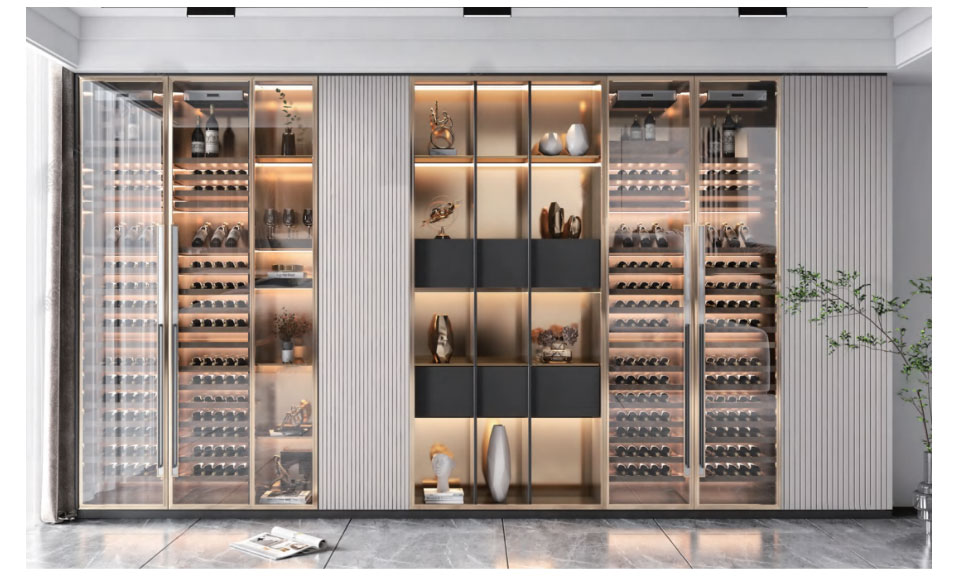
How to Clean and Maintain Your Stainless Steel Wine Cabinet
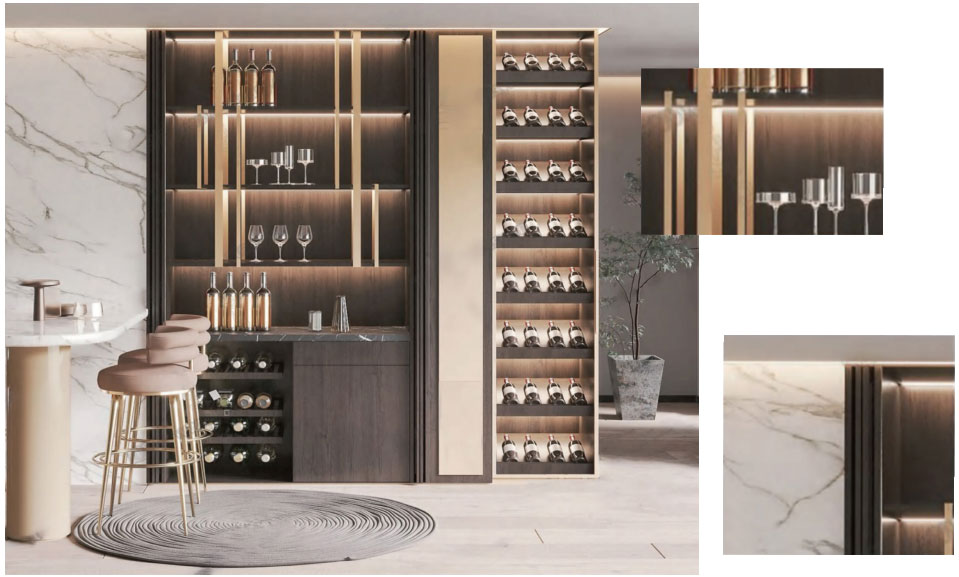
Modern Kitchen Design: Integrating Stainless Steel Wine Cabinets
